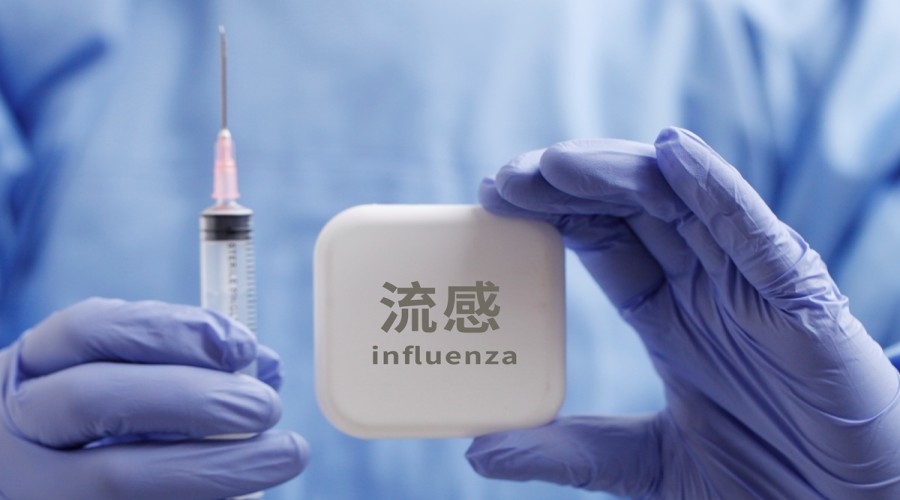Across different regions in China, the ever-changing scenario of respiratory infectious diseases is evident in recent monitoring data, revealing notable patterns and bringing attention to prevalent strains and emerging challenges.
Regional Revelations
In North China’s Tianjin municipality, health authorities have delved into influenza data from recent years, establishing an early warning system.
This proactive approach aims to equip the public with the necessary information for prevention and protection, particularly for vulnerable individuals.
The Tianjin Center for Disease Control (CDC) has committed to releasing pertinent information every week, enhancing public awareness and readiness.
Influenza Outbreak

However, the region currently faces a Level III influenza outbreak, primarily characterized by cases of type A H3N2.
Residents are urged to exercise caution, especially given the anticipated elevation of influenza levels from Monday to December 3, with a potential escalation to the yellow alert level.
This underscores the urgency for preventive measures, including vaccination and maintaining rigorous personal hygiene practices.
Winter’s Grip on Zhejiang: Influenza Predominance and Pediatric Concerns
Moving to the East, Zhejiang Province has been grappling with the onset of winter, traditionally a peak season for influenza.
Recent years have seen comparatively low influenza levels and a suboptimal vaccination rate, leaving the local population with a deficiency of influenza virus antibodies. The primary transmission mode remains respiratory droplets, with secondary transmission occurring through contact with mucous membranes.

The prevalent strain in Zhejiang is predominantly the A H3N2 subtype, with a notable concentration of reported cases among children and students aged 3 to 15, as highlighted by the Zhejiang CDC.
This demographic pattern raises concerns, necessitating targeted interventions and heightened surveillance to protect vulnerable groups
Shenyang’s Influenza Uptick and Mycoplasma Decline

In Northeast China’s Liaoning Province, Shenyang’s municipal authorities reported an increase in influenza-like cases based on recent monitoring data.
Simultaneously, a decline in mycoplasma pneumonia infections has been observed, creating a complex landscape for healthcare professionals.
The nuanced dynamics of these trends warrant further investigation and adaptive public health responses.
Meizhou’s Prolonged Battle Against Influenza
In South China’s Guangdong Province, Meizhou has been grappling with a persistent rise in influenza infections since October. The local CDC predicts a prolonged prevalence of influenza, necessitating sustained efforts to curb the spread.
Healthcare practitioners in the region are called upon to remain vigilant, implement stringent preventive measures, and collaborate closely with public health agencies to address the ongoing challenges.
National Health Commission’s Insights
Xinhua News Agency reported insights from the National Health Commission, indicating that the recent surge in respiratory infectious diseases can be primarily attributed to known pathogens, with the influenza virus taking center stage.
The commission has also recorded mycoplasma pneumonia, the adenovirus, and the respiratory syncytial virus, further highlighting the multifaceted nature of the current health scenario.
As doctors and healthcare professionals, staying informed about regional nuances is crucial in developing effective prevention, diagnosis, and treatment strategies.
The collaborative efforts of healthcare providers, government agencies, and the public are instrumental in navigating the complex influenza landscape and mitigating the impact of respiratory infectious diseases on communities.
Disclaimer Statement: This information is taken up from a third-party news channel. The opinions expressed here belong to the respective authors/entities and do not reflect the views of Docquity. Docquity does not assure, endorse, or vouch for any of the content and bears no responsibility for it in any way. It is essential to take all necessary steps to ensure the information and content provided are accurate, current, and verified. Docquity disclaims any express or implied warranties related to the report and its contents.







